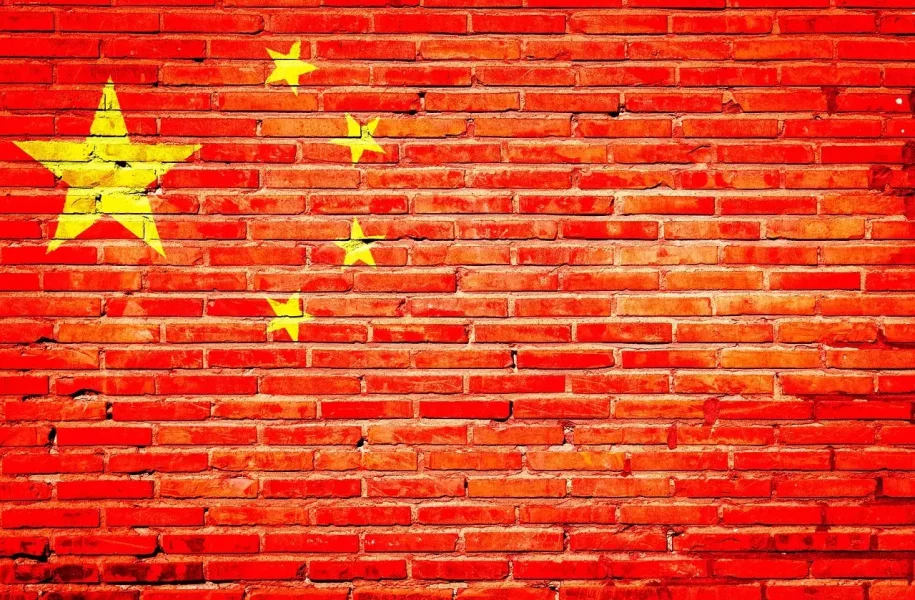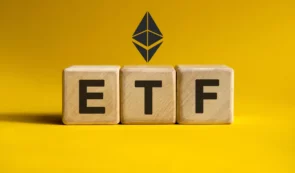China’s Economic Evolution: Challenges and Opportunities

For years, China's economy surged through massive infrastructure investments, factories, and urban development. This strategy, once a catalyst for unprecedented growth, has now reached a tipping point, grappling with challenges that threaten to reshape its trajectory.
China’s economic model, which once led it out of poverty and into global prominence, is faltering as it confronts a mounting debt burden and a dwindling supply of viable projects. Regions across the country bear the weight of underutilized infrastructure, empty apartment complexes, and diminishing returns on investments.
Persisting Growth Concerns
Signs of this crisis extend beyond economic indicators, reaching distant provinces like Yunnan, which continues to invest heavily despite having abandoned its “zero-Covid” policy long after the rest of the world moved on from the pandemic.
In response to private investment stagnation and sluggish exports, local governments are driven to borrow and construct in a bid to stimulate their economies.
Experts now foresee China entering an era of notably slower growth, exacerbated by demographic challenges, growing tensions with the West, and declining foreign investment and trade. This shift marks a potential transition from an era of meteoric rise to one of sustained economic struggle.
Diminished Growth Prospects
Projections for China’s future GDP growth reveal a significant slowdown, with the International Monetary Fund forecasting growth below 4%, a stark contrast to the country’s previous decades of rapid expansion. Capital Economics suggests China’s trend growth may have slowed to 3%, potentially falling to just 2% by 2030.
READ MORE: Viral Banking Glitch: Customers Withdraw “Free Cash” Beyond Account Limits
Such subdued growth rates could thwart President Xi Jinping’s goal of doubling China’s economy by 2035, hindering its ascent to surpass the United States as the world’s largest economy and achieve high-income status.
Despite facing mounting challenges, China’s resilience remains evident in its thriving electric vehicle and renewable energy sectors. Strained relations with the U.S. could motivate China to accelerate technological advancements, opening new avenues for growth, such as in artificial intelligence and semiconductors.
Acknowledging Economic Constraints
Nevertheless, economists widely acknowledge that China’s past strategies for boosting growth are yielding diminishing returns. This realization predates the pandemic and underscores the need for a fundamental reevaluation of its approach.
China’s growth has relied heavily on debt, with total indebtedness reaching nearly 300% of GDP by 2022, surpassing U.S. levels. A significant portion of this debt is attributed to local governments, exacerbating the risks of a debt crisis.
As China’s needs for infrastructure diminish, it now takes roughly $9 of investment to generate a single dollar of GDP growth, compared to under $5 a decade ago. Returns on assets held by both private and state-owned companies have dwindled, reflecting the growing challenge of generating profitable investments.
Shift in Growth Paradigm
To navigate this economic crossroads, China must pivot from its investment-heavy model towards fostering consumer spending and service industries. By reducing its reliance on construction and promoting personal consumption, China could achieve a more balanced economic profile.
READ MORE: Surging Interest Rates Unleash Loan Losses on Major Banks
While promoting consumer spending presents a promising avenue, China’s leadership remains cautious. The government’s hesitance to relinquish control over economic decisions and encourage individual spending poses a roadblock to this shift.
Rather than embracing a consumer-driven economy, China’s leadership has doubled down on state intervention in pivotal sectors such as semiconductors, electric vehicles, and artificial intelligence. While these industries have potential, they may not provide a comprehensive solution to the nation’s economic woes.
Conclusion
China’s economic trajectory is at a critical juncture. The previous strategies that propelled it to economic stardom are facing exhaustion, demanding a recalibration of its growth model.
As the nation grapples with this transformation, the world watches to see if China can successfully navigate these challenges and emerge on a new path toward sustainable growth.














